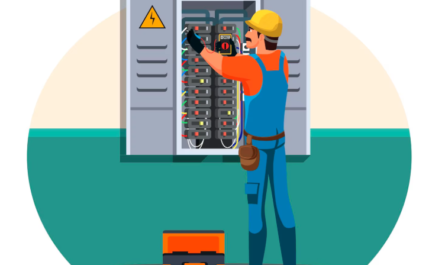INEVITABLE PLACE OF CHEMICAL INDUSTRY

Safest and simplest way to avoid chemical hazard is to avoid chemical industry.
A place of chemical industry can be selected or shifted but it has to run somewhere on the earth and its place in out life has become inevitable.
Chemical industry is also useful for national production and employment for many people.
Hence to run the industry safely by identifying, avoiding and controlling its hazards.
This in turn suggests the following ten-point safety program
- Study and identify chemical hazards using MSDS and a system of classification, packing and labelling should be developed.
2. Select safer technology
3. Select safer siting of chemical industry for minimum lose to men, material and environment
4. Design and construct the factory with all safety precautions from the very beginning.
5. Workplace hazard should be controlled by good engineering design, SOPs etc.
6. All requisite safety devices, fittings, instruments etc. must be provided and well maintained.
7. Workers must be properly trained for safe operation of the plant and their role in emergency planning and control.
8. Safe transportation and handling of hazardous chemicals within and out side factory premises.
9. Safe disposal of hazardous waste within and outside factory premises.
10. Well monitoring and control of hazardous substance at work place and of occupational ill effects and diseases by pre and periodical medical examinations of the workers.
TYPES OF CHEMICAL INDUSTRY
Petroleum
Rubber
Plastic
Coal
Fertilizers
Dye
Paints Pesticides etc.
TYPES OF CHEMICAL HAZARDS AND CONTROLS

- Health hazard:
a. Types of effects are;
Allergy, irritation, asphyxiation,CNS, cancer, dust effect.
Some effects are acute and some are chronic.
b. Factors creating effects are;
types of concentration of chemical
Combined effect of mixtures
Work methods
Nature of exposure
Routes of entry
2. Fire and explosion hazard
Heat generation due to chemical reaction
Open flame
Radiant heat
Friction
Static electricity
3. Biological hazards

It refers to plants, insects, animals and human pathogens that pose a potential risk to the health of humans, animals and to the environment.
Occupational exposure is possible in bio-laboratory work, hospitals, nursing or medical research etc.
Biological infections and parasitic diseases are caused by contact with domestic, laboratory and other animals.
Disease caused by biological agents are; anthrax, herps virus infection, hepatitis, rabies etc.
Safety and Control Measures:
Written plan including instructions for awareness, emergency action, SOPs etc.
Employees should be immunized by effective vaccine if available.
Pre-placement medical examination
GHK and quick de-contamination of place and environment
Use of PPEs
Display of biohazard symbols Effective filtration of room air.
Atomic radiation hazards
X-ray, NDT, nuclear plant etc. can cause severe health hazard.
5. Preventive and control measures
Six basic principles;
(i) Elimination of substance or process
(ii) Substitute of safer alternative
(iii) Distance, guard, enclosure, isolation, shielding of hazardous process
(iv) Ventilation, general and local exhaust
(v) PPEs
(vi) Personal hygiene.
6. Emergency control procedure
1. Speedy leak and spill control procedure
2.Emergency shut down procedure
3.OSEAP
4.Offsite EAP
5.Mutual aid arrangement with neighboring industry
6.Retainer ship for help at the time of emergency
7.Drills, updating and reviewing of the plan.
READ MORE :- Identification and classification of chemicals



